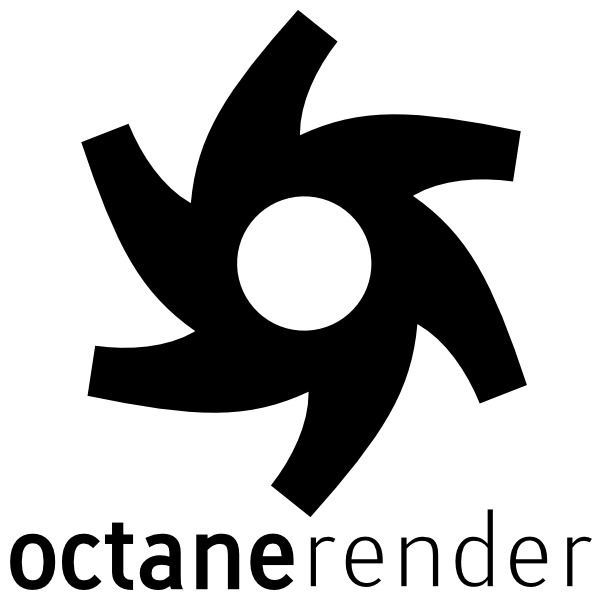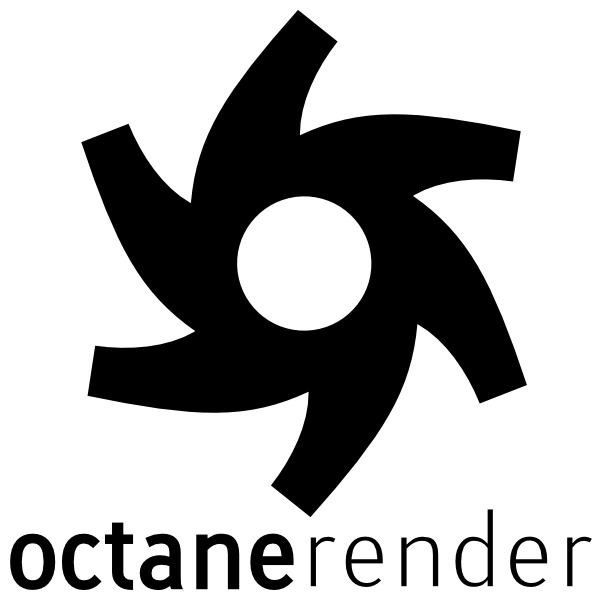Redshift is a GPU-based rendering engine, and the latest version 2.6.11 introduced compatibility with NVIDIA’s Volta graphics architecture and cards like the Titan V. Lets take a look at how different GeForce and Titan models perform.


Redshift is a GPU-based rendering engine, and the latest version 2.6.11 introduced compatibility with NVIDIA’s Volta graphics architecture and cards like the Titan V. Lets take a look at how different GeForce and Titan models perform.

Redshift is a GPU-based rendering engine, but how well does its performance scale when multiple video cards are used in a system?

Now that OctaneRender has been updated to support the Volta GPU architecture, how well does its performance scale when using multiple Titan Vs? And how does that compare to other popular rendering cards like the GeForce GTX 1080 Ti?

OctaneRender is a GPU-based rendering engine, so the bulk of the processing it does is carried out on the video cards in a system. Different processors and motherboards can impact the number of cards that can fit in a single system, but do they matter beyond that? Does the CPU itself have any impact on rendering speed/performance?

PhotoScan makes heavy use of both the central processors (CPUs) in a computer and the video cards (GPUs) to run many of the calculations involved in turning still images into a 3D model or map. Intel’s new Xeon Scalable processors offer configurations with dozens of CPU cores, as well as the ability to support multiple GPUs – so let’s see how they perform in PhotoScan.

PhotoScan makes use of both the CPU and GPUs (video cards) in a computer, during different steps of the photogrammetry workflow. One of the configuration options within this program also allows the CPU to be utilized during steps that are primarily performed on the GPU – and it is enabled by default. However, we have found in our testing that this option usually hampers performance more than it helps!

PhotoScan makes use of the video cards in a computer to assist with the computation of certain steps. As such, both the model of video card used and the number of GPUs present in a system can have an impact on the amount of time those steps take. In this article, we take a look at how multiple GeForce GTX 1080 Ti cards scale in performance across a few different CPU platforms.

PhotoScan makes use of the video cards in a computer to assist with the computation of certain steps. The performance of an individual video card, or GPU, is known to impact the processing speed – but what about the connection between the video card and the rest of the computer? This interconnect is called PCI Express and comes in a variety of speeds. In this article, we will look at how PhotoScan performance scales across PCI-E 3.0 x4, x8, and x16.

PhotoScan is a photogrammetry program: an application that takes a set of images and combines them to create a 3D model. A combination of CPU and GPU processing is used in this process. It has been a couple years (and several version updates) since we last tested PhotoScan, so we are revisiting it to see what has changed and how it performs on modern computer hardware.

Benchmark results demonstrating that PCI-Express x8 vs x16 speeds don’t impact GPU rendering performance.